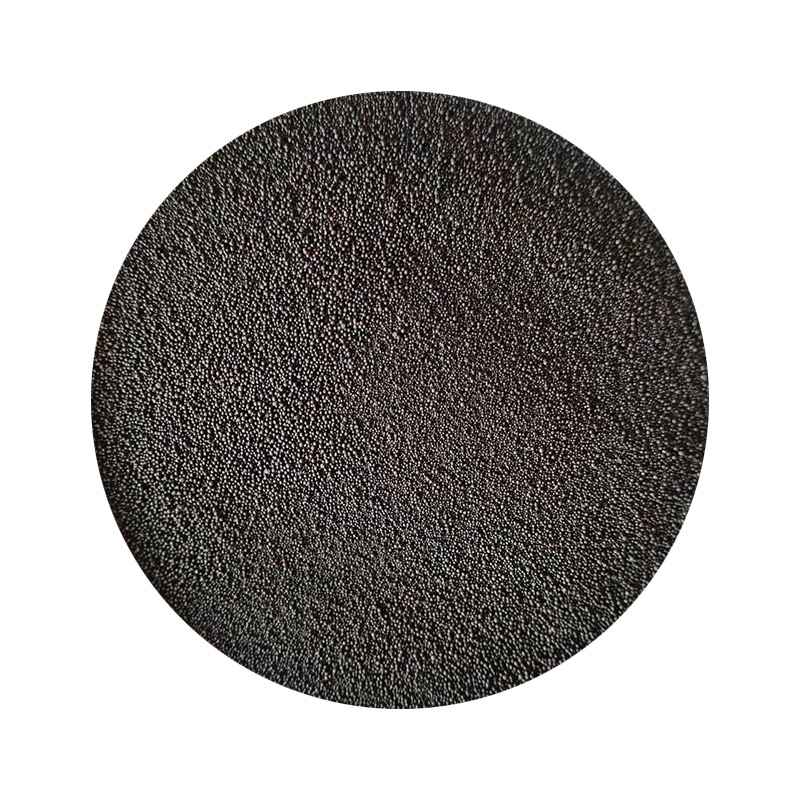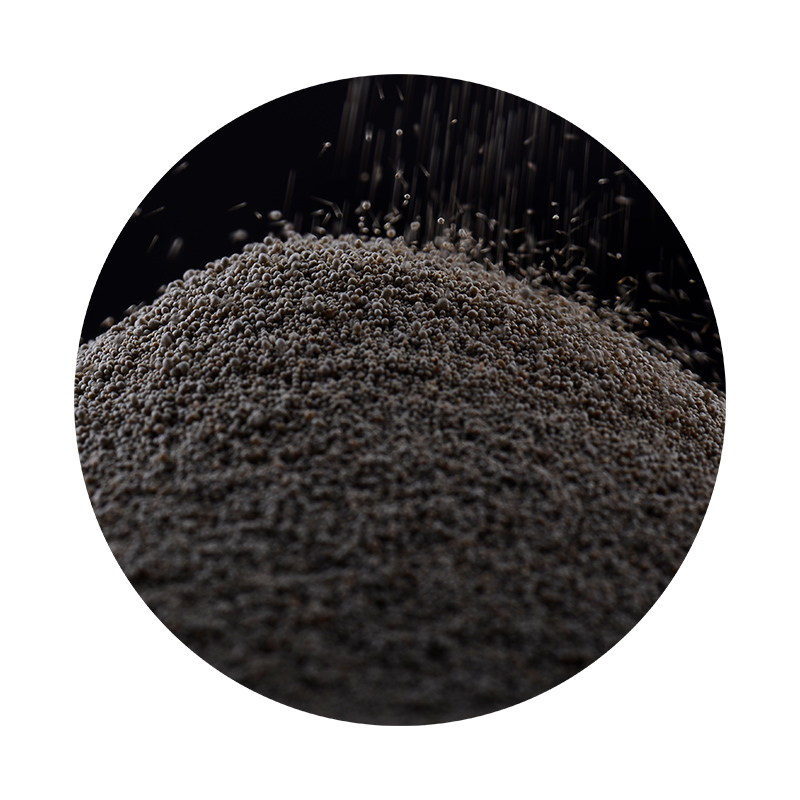

Furthermore, the integration of technology in monitoring and improving sand quality is a trend that is bolstering the authoritativeness of foundries in their field. Through advanced diagnostic tools, such as thermogravimetric analysis and particle size distribution measurement, foundries can quantitatively track and improve their sand's performance, providing their clients with authoritative evidence of their high-quality production capabilities. This not only enhances the market trust but also reinforces their reputation as industry leaders. Ultimately, trust is built through transparency and consistent results. Foundries often engage in rigorous audits and third-party assessments to verify their sand sourcing and usage processes. These assessments ensure that they adhere to environmental standards and occupational health regulations, fostering trust among increasingly environmentally-conscious consumers and industry regulators. The journey toward mastering foundry molding sand is not just one of technical understanding but also of continuous learning and adaptation. As more sustainable practices are adopted, and new sand compositions developed, staying informed and flexible is crucial. By valuing experience, expertise, authority, and trustworthiness, foundries not only improve their product outcomes but also contribute robustly to the industry's future landscape. Post time:Ақп . 06, 2025 02:25
Next:parting sand in foundry
